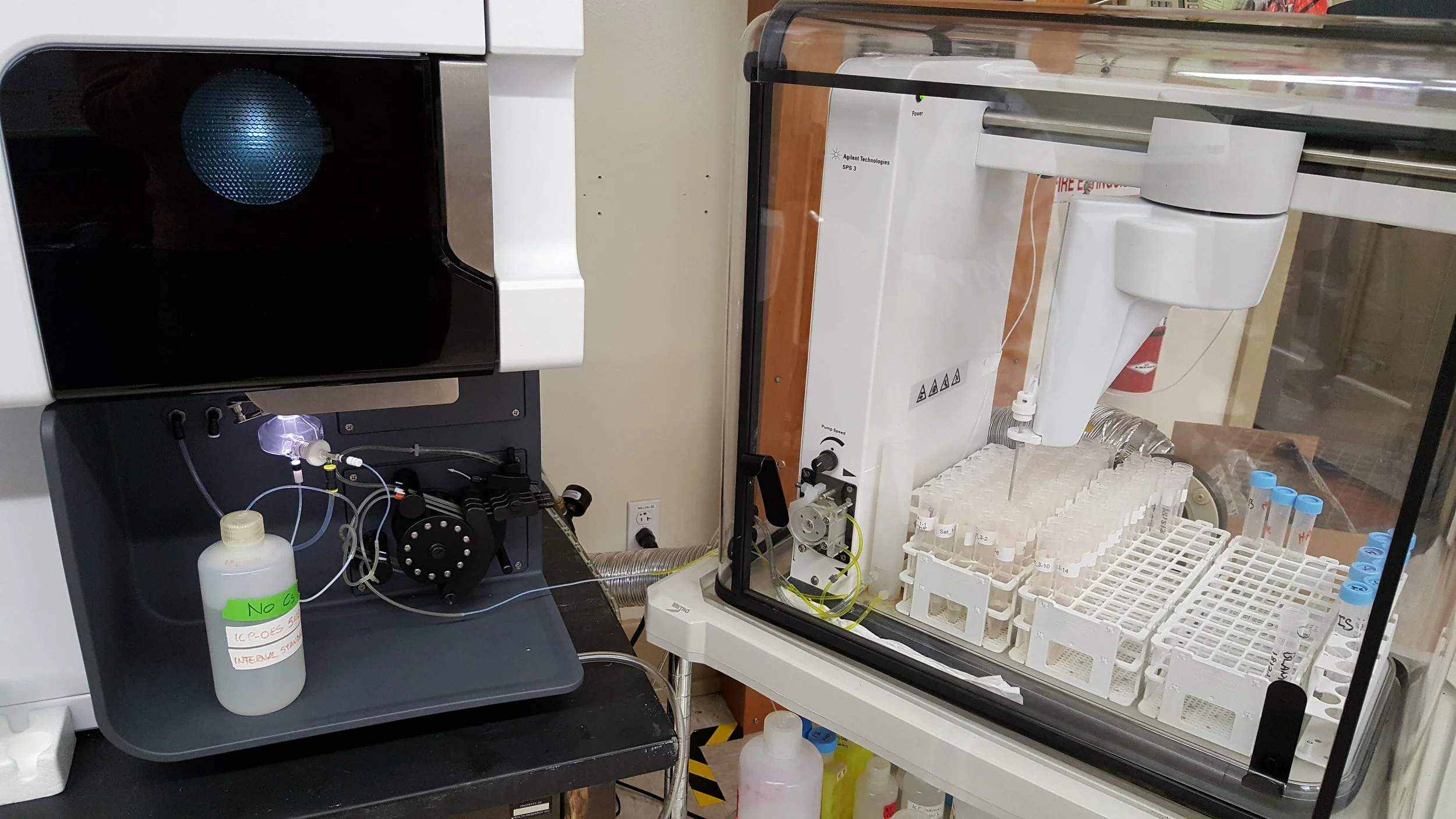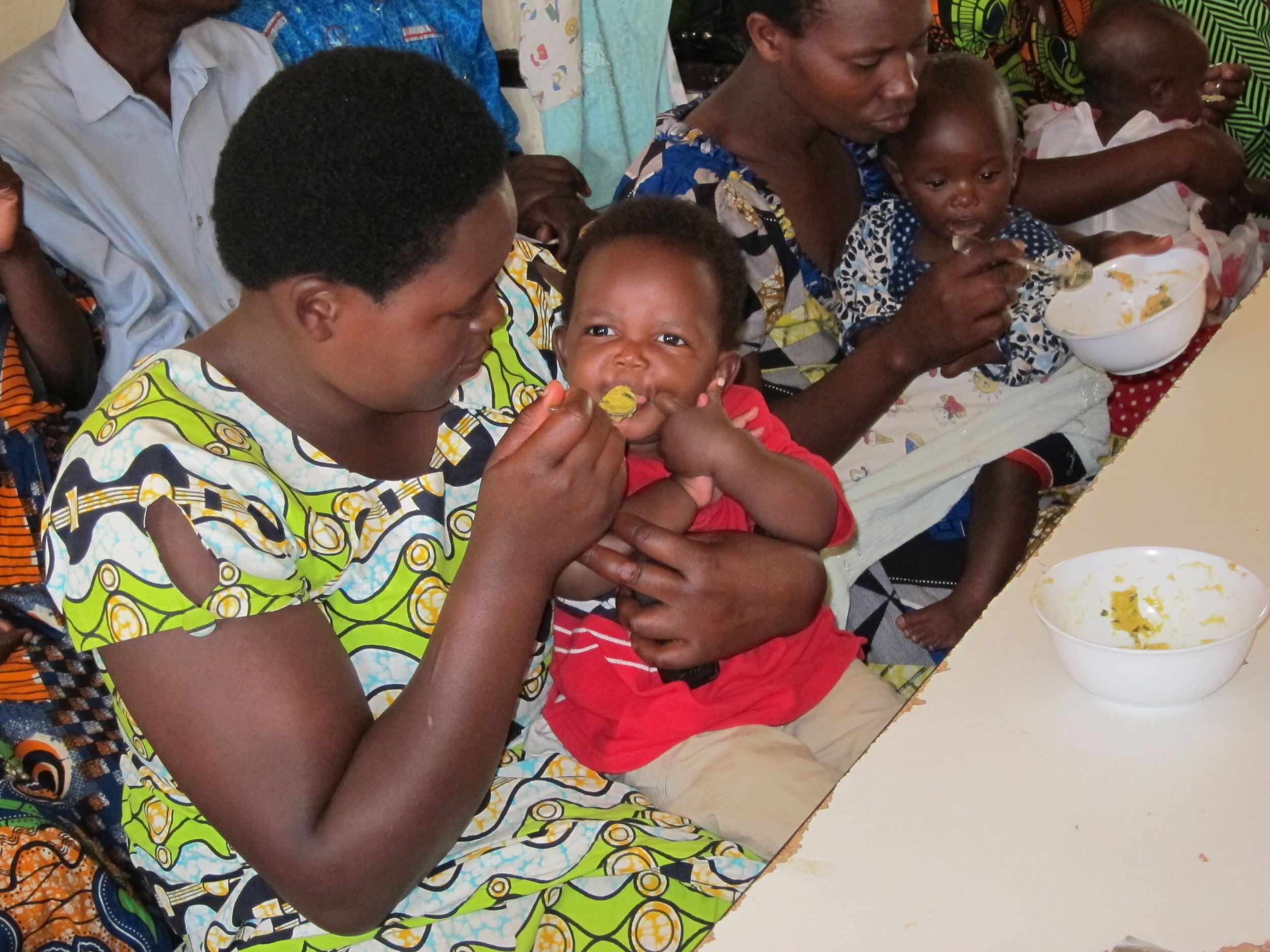OpeN-Global is specifically designed to support and enable work in populations from low- and middle-income countries (LMICs), but the analytical methods presented can be applied to samples from any population group. OpeN-Global additionally provides a network of experts to support the implementation of biomarker assays in laboratories globally, and to help interpret the data obtained. OpeN-Global is an open-access website that is free for all to use.
So what’s it all about?
Malnutrition, from either under- or over-nutrition, affects one in three people globally. This makes malnutrition, together with diet, the biggest risk factors for the global burden of disease - by far.
The recent 2018 Global Nutrition Report stated: “Micronutrient deficiencies are estimated to impact a significant number of people around the world, but there remains far too little information on micronutrient status and deficiencies. More essential information and surveillance need to be gathered to make substantial progress on global targets.”
What’s basically needed, are more and better data.
One of the key barriers to the development of both nutrition-specific and nutrition-sensitive programmes and policies, particularly in LMICs, is the lack of robust evidence on nutritional status in the most vulnerable groups.
Though many health and nutrition related activities in LMICs are underpinned by well-designed national surveys (e.g. the UNICEF Multiple Indicator Cluster Survey), data from the most vulnerable population groups, i.e. infants, children, adolescents, pregnant and lactating women, are often limited to anthropometry and easy-to-assay parameters e.g. haemoglobin, or single micronutrients e.g. vitamin A, iodine.
Other available information may be based on prevalence data, e.g. stunting in under 5’s to assess population risk of zinc deficiency, or household coverage of adequately iodised salt in salt fortification monitoring.
Whilst these proxy measures remain recommended strategies for population nutrition monitoring, a more accurate picture of population nutrient status can be given by biochemical data using human biomarkers.
Stunting prevalence (data) vs Plasma zinc concentration?
Household coverage of iodised salt (salt sample) vs Urinary iodine concentration?
These biochemical assays provide a real picture of nutrient status. Such assays could feature as routine, however are rarely included in demographic and health surveys in LMICs.
What are the barriers to biochemical assessment in population nutrition surveillance?
With the help of our global partner network including leading scientists based in LMICs, we uncovered some of the key barriers to assessment of biochemical samples in LMIC nutrition surveys. And funding was not the only barrier! Our kick-off workshop highlighted several key themes, including:
1. A clear need for guidance and technical support to facilitate the laboratory capabilities in many LMIC settings to support the assessment of a wider panel of nutritional biomarkers than is currently available and routinely used;
2. Excellent research infrastructure and laboratory platforms are in place in many LMIC settings, but several barriers, including staff training opportunities and technical know-how prevents full utilisation.
Support in these key areas would start a positive cycle of quality control and assurance technical accreditation, investment and increased trust – leading to better outputs. More and better data.
Supporting the generation of quality data in-country will support evidence-based policy, and transform nutritional outcomes.
Our response: OpeN-Global
We have established a global network of expertise in nutritional research methodologies. Our 37-strong global partner network of committed academic, technology and industry experts spans 20 institutions across 10 countries on 5 continents.
Through this partnership, we have created OpeN-Global a hub of resource tools to assess nutritional status in global health settings in the form of an open-access website that provides laboratory SOPs to download or signposting to published nutrition assay methods, details on quality control and accreditation, technical support, and fully-referenced general information for over 20 nutrition biomarkers, including key nutrients such as zinc and iodine, to newer technologies and -omics approaches.
And the list is growing.
Our aim: to support the objective, detailed, accurate and high-quality assessment of nutrition biomarkers used in Global Health population surveys and research.















